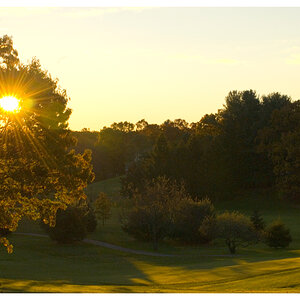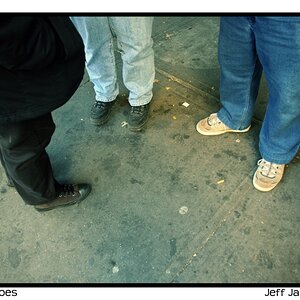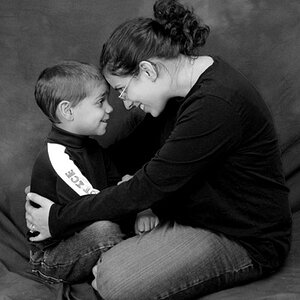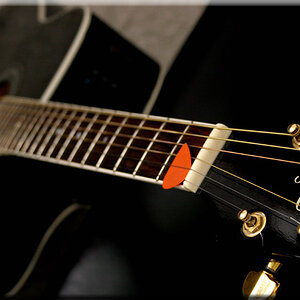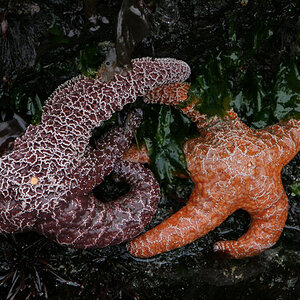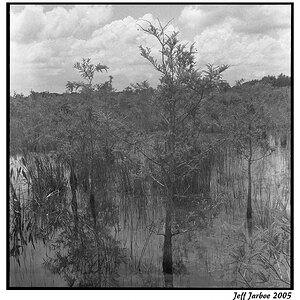Katy Brooks
TPF Noob!
- Joined
- Jun 20, 2019
- Messages
- 3
- Reaction score
- 0
- Can others edit my Photos
- Photos NOT OK to edit
Hi everyone, I'm new to this site and the industry, but I've always been intrigued by photography and rather good at it considering my equipment limitations. Currently I take mainly outdoor photos of all my kids. I have the s10+ which has a pretty good camera and the live focus option on it. Everyone on my social media loves my pictures and I've been asked several times to take pictures of other peoples children, and also have been told to start up a business. So here I am. I've done some short research on cameras,lenses, filters, and flashes. I'm obviously looking to do this on a professional capacity. I live in a small town, so not alot of fancy photographers around here. Personal opinions on good-great cameras to start up with? I'm not looking to start up with a $2000 camera, so something on more of a budget and if this goes somewhere I will eventually upgrade. I found a kit with a canon t6 and another kit with a Nikon d3500 that are reasonably priced. Are these good options or are there better camera out there that would suit my needs or that are better recommended. They each come with different lenses and filters. I'd play around with the camera/practice before purchasing additional filters or flashes. I will be doing mainly outdoor photographing with kids and families, maybe some weddings. There are so many shots I wish I could get on my phone, and I'm looking for a camera with better focusing and quality!


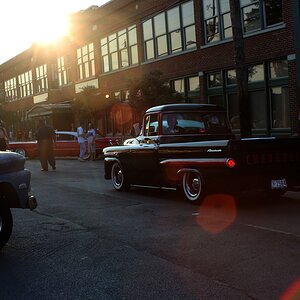
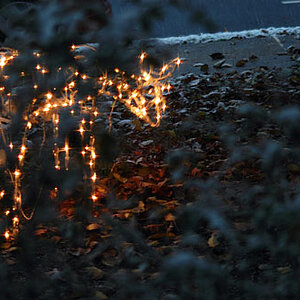

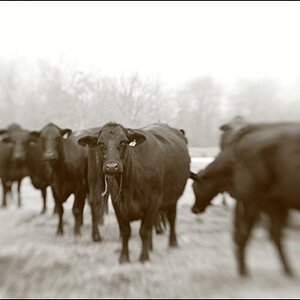
![[No title]](/data/xfmg/thumbnail/31/31036-0a0c3867fff22fb2065056d7aeea64ed.jpg?1619734581)
